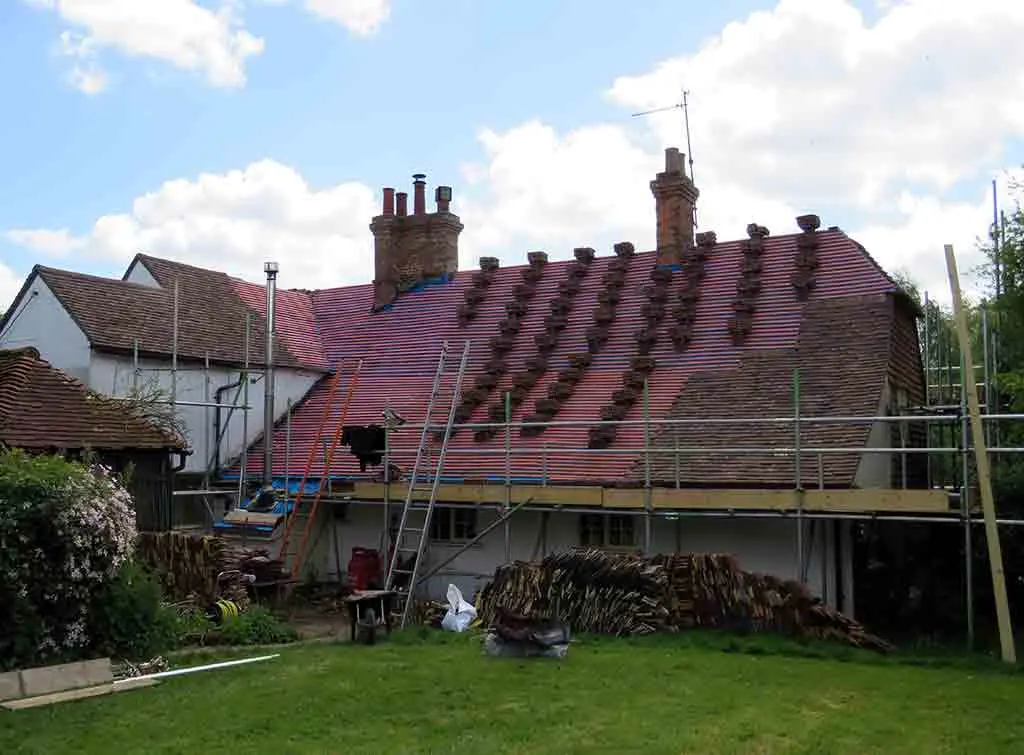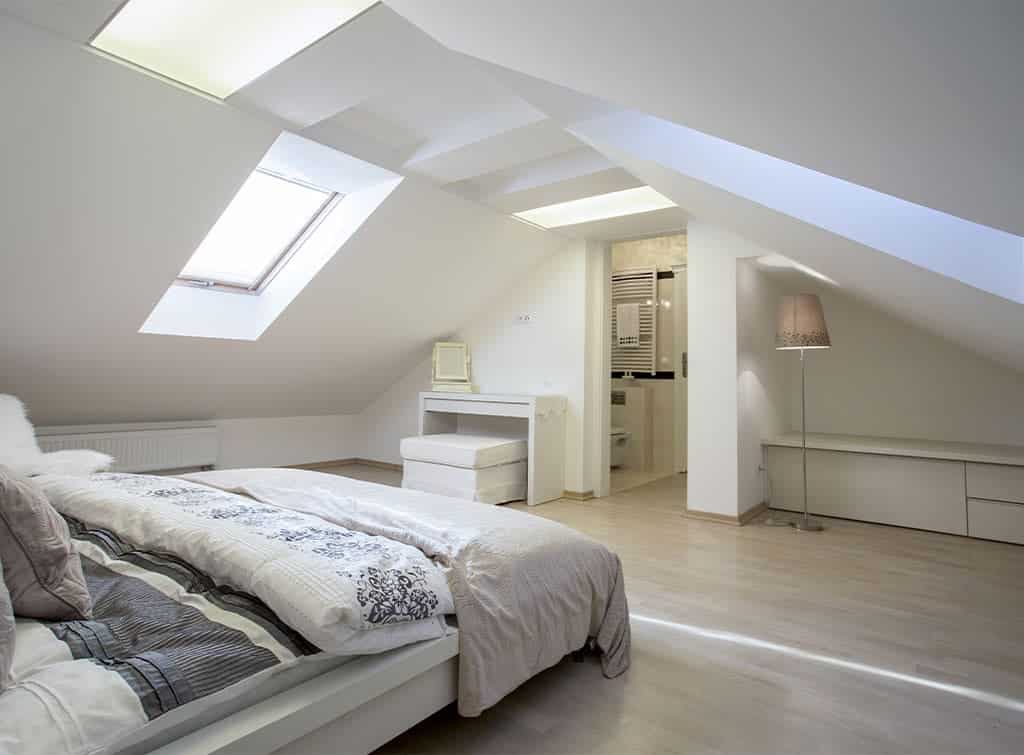Blog>Expert Advice>Listed building consent: What you need to know
Last updated: 6 May 2021
Listed building consent: What you need to know
Learn about listed building consent, including when it is needed, timescales and guidance through the application process. Plus, handy planning permission tips.


Owning a listed building means owning a piece of history, which is why most owners take great care with their homes. However, if you do live in a listed building, there are times when you want or need to renovate your property. This is where listed building consent comes in and any unauthorised alterations are classed as a criminal offence.
This guide is designed to help you understand more about listed building consent. We will be looking further into areas like ‘when is listed building consent required?’ and ‘listed building consent timescales’.
What is a listed building?
The term “listed building” covers a range of structures that are of special historical or architectural interest. Many were built before 1700 and are still in their original condition. A range of buildings built between 1700 and 1850 are also classed as listed.
In addition, listed buildings are classed as Grade I, II* or II, with Grade I covering less than 3% of listed buildings and being of exceptional interest. Once a building has been classed as listed, it will be added to the National Heritage List for England and you can check whether your building is listed there.
What is listed building consent?
But what exactly is listed building consent? As these buildings are of historical interest, consent will be needed before any alterations are made. Renovating a listed building without listed building consent is illegal, so not a wise choice.
See the tradespeople we've checked and recommend for your job

When is listed building consent required?
If you are hoping to make changes to your listed building you will usually need to apply for listed building consent. So, when is listed building consent required? Any alterations, extensions or demolitions will need to be agreed in advance with your local planning authority. This is particularly important if you intend to change the building’s character in any way.
Listed building consent guidance
In order to apply for listed building consent, you will need to fill in an application form. This can usually be found on the website of your local authority and can be filled in online or on paper. If you are looking for a little more listed building consent guidance, Historic England’s website is a great place to start.
You may also enjoy our listed building consent cost guide.
Do I need listed building consent for internal alterations?
There are two important factors when it comes to making renovations on a listed building: planning permission and listed building consent. So, you may be asking, do I need listed building consent for internal alterations? Well, it is actually unlikely you will need planning permission, especially for minor internal alterations, however, you probably will need listed building consent.
Please note, it is always worth checking with your local authority as to whether you need planning permission, just to be safe. For more information and prices, please see our planning permission cost guide.
See the tradespeople we've checked and recommend for your job
What are the average listed building consent timescales?
Unfortunately, listed building consent timescales can be quite long. This is due to the number of different applications that need to be reviewed. Generally, you can expect to wait about eight weeks.
How much does planning permission and architect fees cost?
If you are planning a renovation, alteration or extension, you will need to look into planning permission. The amount you will be expected to pay for this application will depend on a number of factors including the type of property and the extent of your plans. The normal price of planning permission is £426 for a single dwelling house.
For further costs, check out our planning permission cost guide. In addition, hiring an architect is a great way to maximise the potential of your home. They will be able to draw up plans and advise you about different construction methods. You can learn more by reading our architect fees cost guide, but for single-storey extension building regulations and construction drawings, you can expect to pay £4,000 on average.
When renovating your home, you will need to work with a range of different tradespeople, including builders, electricians and architects. Our free search feature can help you to connect with trusted professionals near your home to assist you with your exciting project.
More Expert Advice Articles
More Architectural Services Articles
See the tradespeople we've checked and recommend for your job





